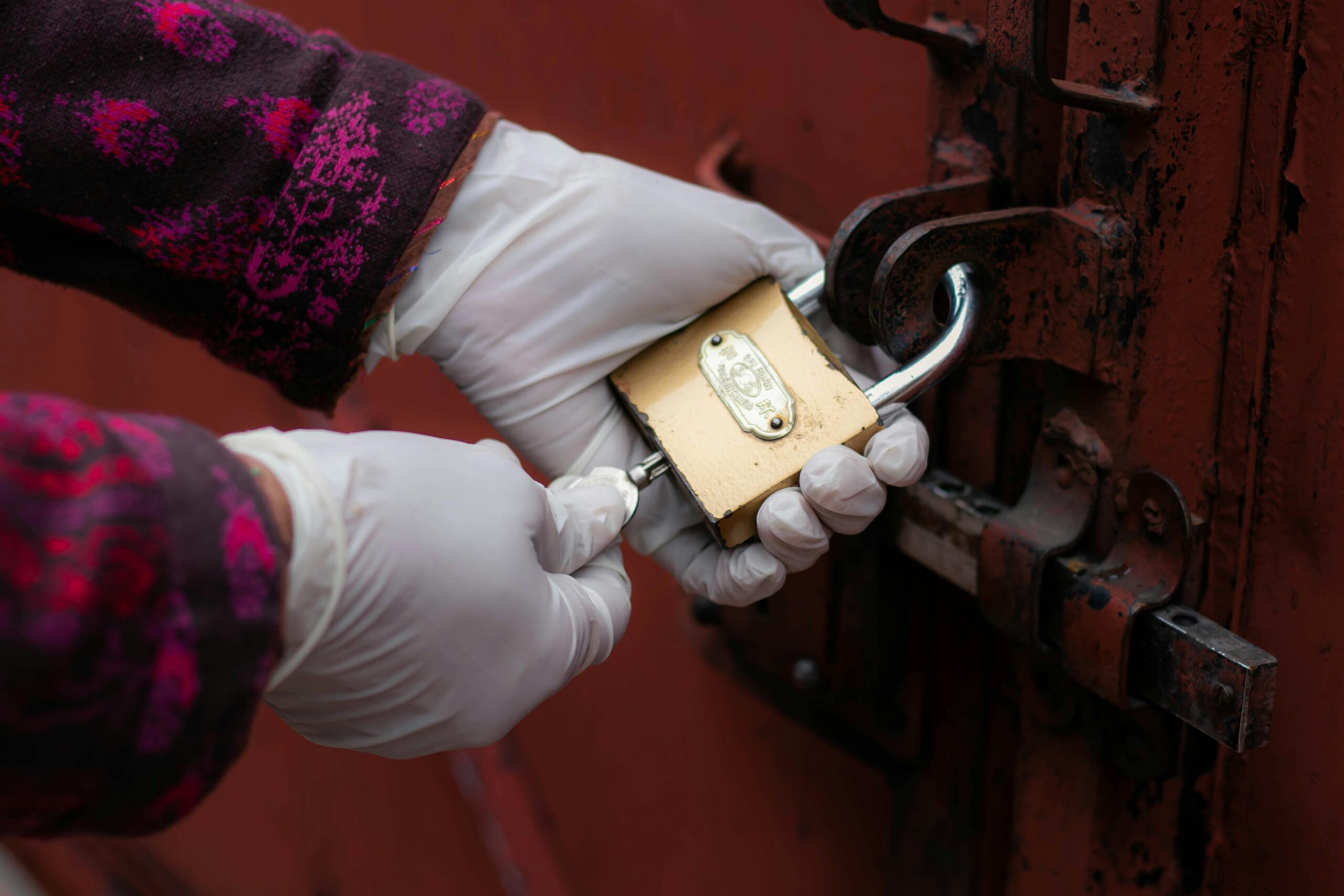Owning ancient DNA is not just a scientific or legal issue. it is all about identity, heritage, and justice.
Researchers and institutions often argue that ancient DNA is a scientific resource that belongs to humanity as a whole. Many Indigenous and descendant communities argue that they have a moral and cultural right to control the use of ancient DNA from their ancestors. They view these remains as part of their heritage and identity.
In some places, human remains are considered the property of the state or the institution that holds them. In others, descendant communities have legal rights to reclaim and rebury ancestral remains.
Laws like the Native American Graves Protection and Repatriation Act (NAGPRA) in the United States give Indigenous communities the right to reclaim ancestral remains and cultural items. Similar laws exist in other countries, such as Australia and Canada. Many scientific organizations, such as the American Society of Human Genetics (ASHG), have developed ethical guidelines focusing on the need for collaboration with and respect for descendant communities. Ethical research practices now often require obtaining informed consent from descendant communities before studying ancient DNA.
The discovery of a 9,000-year-old skeleton in Washington State highlighted a decades-long legal battle between scientists and Native American tribes. The tribes eventually won the right to rebury the remains. In the early 2000s, members of the Havasupai Tribe in Arizona discovered that their DNA, collected for a diabetes study, had been used for unrelated research without their consent. This case highlighted the need for transparency and ethical oversight in genetic research. Scientists are increasingly working with descendant communities as equal partners in research, from study design to interpretation and spreading of results. Some projects now give descendant communities control over how ancient DNA is used, including the right to approve or reject research proposals. Building trust through open communication and mutual respect is essential for addressing the ethical challenges of ancient DNA research.

